|
|
ADDRESS DURING THE GOLDEN JUBILEE CELEBRATIONS OF THE PUNJAB AND HARYANA HIGH COURT, CHANDIGARH
10-12-2005 : Chandigarh
Judiciary: A Partner in National Development
I am delighted to participate in the Golden Jubilee celebrations of the Punjab and Haryana High Court, in this beautiful building designed by Le Corbusier. I greet the Hon?ble Governor of Punjab, Hon'ble Governor of Haryana, Hon?ble Chief Justice of India, Hon'ble Minister of Law and Justice, Hon'ble Justices of Supreme Court and High Courts, distinguished legal personalities and other participants. I particularly greet Hon'ble Chief Justice, Hon'ble Judges and the President of the Bar Association of Lahore High Court and the Chairman, Bar Council of Punjab Pakistan. During the last five decades Punjab and Haryana High Court have dealt with many critical cases of national importance and have provided landmark judgments. I congratulate the Hon'ble Judges, members of the bar association and the legal luminaries both present and past who have built a robust institutional framework for the Punjab and Haryana High Court over the last five decades. I would like to discuss on the topic "Judiciary: A Partner in National Development".
Importance of speedy justice
In a developing economy, for that matter in any modern economy, there is an urgent need to implement nationally relevant and important projects in a time bound manner. While the Courts are the guardians to protect the projects from the onslaught of from and machinations of unscrupulous individuals or groups, the Courts also have a responsibility to ensure that honest implementations are not impeded by unsustainable or motivated litigations or honest persons vilified through public glare based on such filings. This dual role of the judiciary places enormous responsibility on the shoulders of the Courts and the nation?s development is equally dependent on the dynamism and the innovativeness of the judicial system. Hence, there is an urgent need to ensure that no justice is delayed and the situation existing today is remedied soon. Though I have cited an example from the projects of the national initiative's point of view, this is equally valid even for the litigations that concerns individual citizens and organisations as well. Human rights of many persons are being violated through charges made by certain groups and cases filed which take many years to come to final decision. Years lost don?t come back to individuals or their families.
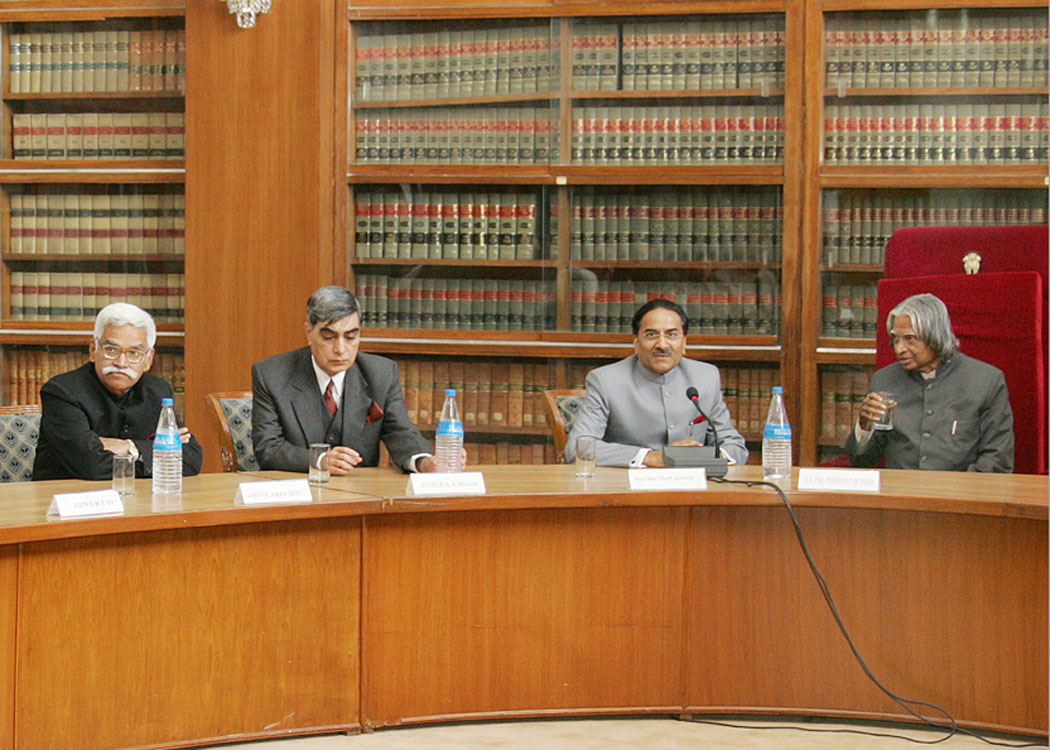

Transparency starts from Home
On 21st November 2005, I had visited Adhi-chun-cha-na-giri Math, attended a function of FUREC (Foundation for Unity of Religions and Enlightened Citizenship) and interacted with over 54,000 students of various schools and colleges of Karnataka. There a 10th class student Ms. M. Bhavani studying in Adichunchanagiri Composite High School, Sharavathy Nagar, Shimoga asked me the following question.
"Dear Sir, What is the role of students to stop corruption which is deeply rooted in our county just like cancer?"
Agony of the young mind is reflected in this question. For me it was an important question, since it comes from a young mind. Definitely, the self-esteem of every Indian is affected when someone says India is a corrupt nation. I was thinking what type of solutions we could give. My thought process was the following:
I said there are one billion people in the country and nearly 200 million homes. In general there are good citizens everywhere. However, if we find that people in few million houses are not transparent and not amenable to the laws of the country, what can we do? These houses apart from father and mother, they have one daughter or one son or both. If the parents in these houses are deviating from the transparent path the children can use the tool of love and affection and correct the parents to come back to the right path. I asked all the children assembled in that gathering, in case parents of a few children get deviated from transparency and resort to dishonest methods to get gains for themselves or the family or friends, will you children boldly tell your parents, father or mother, you are not doing the right thing, that is what we are taught by you and in the school. Most of the children spontaneously responded, "We will do it". The confidence comes from them that they have love as a tool. Similarly I have also asked the parents in some other meeting, initially there was a silence, later, many of them hesitantly agreed that they would abide by the children's suggestion since it is driven by love. The children took an oath from me. The oath was "I will lead an honest life free from all corruption and will set an example for others to adopt a transparent way of life". Finally I told the students that they should start a movement starting from their home. I hope they do.
On 8th December 2005, I was talking to some of my friends. During the conversation my friends told me about certain instances which they have observed where the children are not in talking terms with their father or mother if he or she is perceived to be not transparent. This reinforces my thought that the children can definitely bring a change for making our country as a whole transparent and become a proud nation. Now I would like to discuss on the topic of pendency in litigation and certain remedial measures.
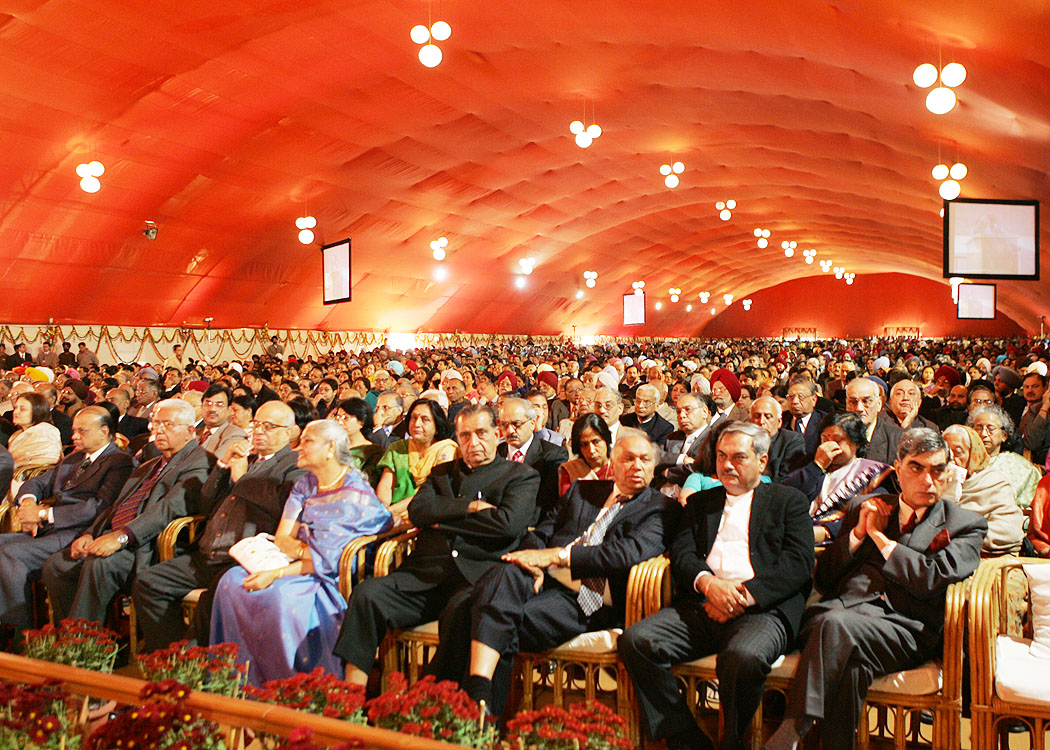

Delay in justice
I was studying the data on the pending cases in the Punjab and Haryana High Court as on 31st October 2005. The number of cases pending in the Punjab and Haryana High Court is around two lakh forty thousand. In the same period number of pending cases in the subordinate courts is around 11.8 lakhs. This means on an average more than 3% of the population is affected by the prolonged litigations and if we take a family being affected by one case the number of affected persons will be much more. Particularly, rural people's quality of life gets affected by enormity of litigations. This is definitely a matter of serious concern for all of us. This can be corrected by only through a society that has a good value system, concern for others and good governance by people who themselves are beacons of virtue and who can be emulated as role models.
There are many instances in the country where the Court cases have not been settled for more than ten years. I have received reports pointing out that certain cases have been pending for over three decades. The causes attributed for this delay are (i) Inadequate number of Courts (ii) Inadequate number of judicial officers (iii) Judicial officers not fully equipped to tackle cases involving specialized knowledge (iv) Dilatory tactics by the litigants and their lawyers who seek frequent adjournments and delay in filing documents and (v) role of administrative staff of the Court. Can we remedy this situation? How? I would like to discuss some of the possibilities for reducing the pendency of court cases.
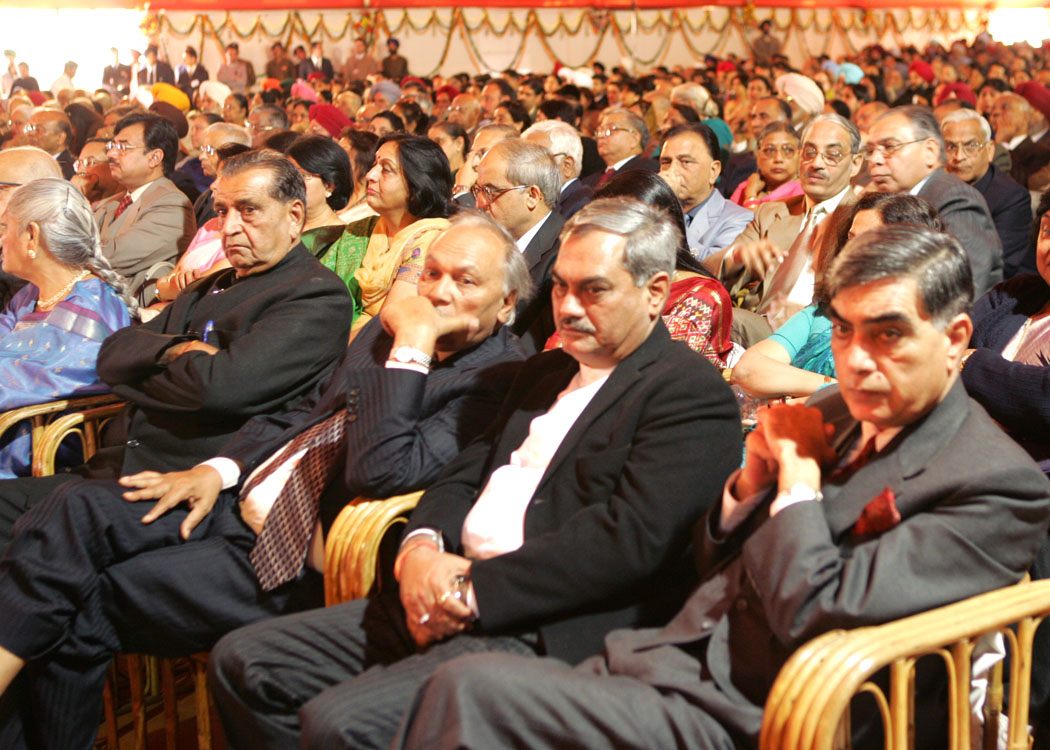

1. Dispute resolution through human touch
I would like to share my experiences in Rameswaram. Almost every day after the evening namaz my father used to come back and sit outside. Each day about 10 to 20 families or at times individuals would come to my father and tell their problems on land and house disputes, marriage conflicts and issues involving forsaking of elderly parents and get solutions. They will get a solution within two or three days. In a similar way, my mother used to meet many womenfolk on Fridays. They will seek her advice. My elder brother himself was Panchayat Court President. The court had five good human beings from various walks of life and with one State Government representative. In those days in that region, the caste system was not visible at all. I used to see many disputes of human life being settled in our own rural environment. Only if the disputes are not settled at these two levels, they used to resort to higher courts. After 1970s, all these systems with human touch vanished and most of these disputes are directly piling up in courts. I feel, since the Panchayat environment is emerging in rural areas, the judicial system at the Panchayat level also can take a shape with the same type of human touch without the influence of political parties and the related biases vis-?-vis individual and families. This may reduce the load in our courts. It is generally said that "law is somewhere and justice is somewhere else". In the rural judicial system justice is always with the truth. A similar system of dispute resolution I saw in Chitrakoot in Madhya Pradesh, where I met Shri Nanaji Deshmukh (Age 90+) and his team members belonging to Deendayal Research Institute (DRI). DRI is a unique institution developing and implementing a village development model which is most suited for India. Apart from all these development activities, the institute is facilitating a cohesive conflict free society. As a result of this, I understand that the eighty villages around Chitrakoot are almost litigation free. The villagers have unanimously decided that no dispute will find its way to court. The differences will be sorted out amicably in the village itself. The reason given by Nana Deshmukh is that if the people fight among each other they have no time for development. I consider that this model must be propagated throughout the nation. There are so many other economic opportunities for legal experts in modern high tech industries and high value trade and global business.
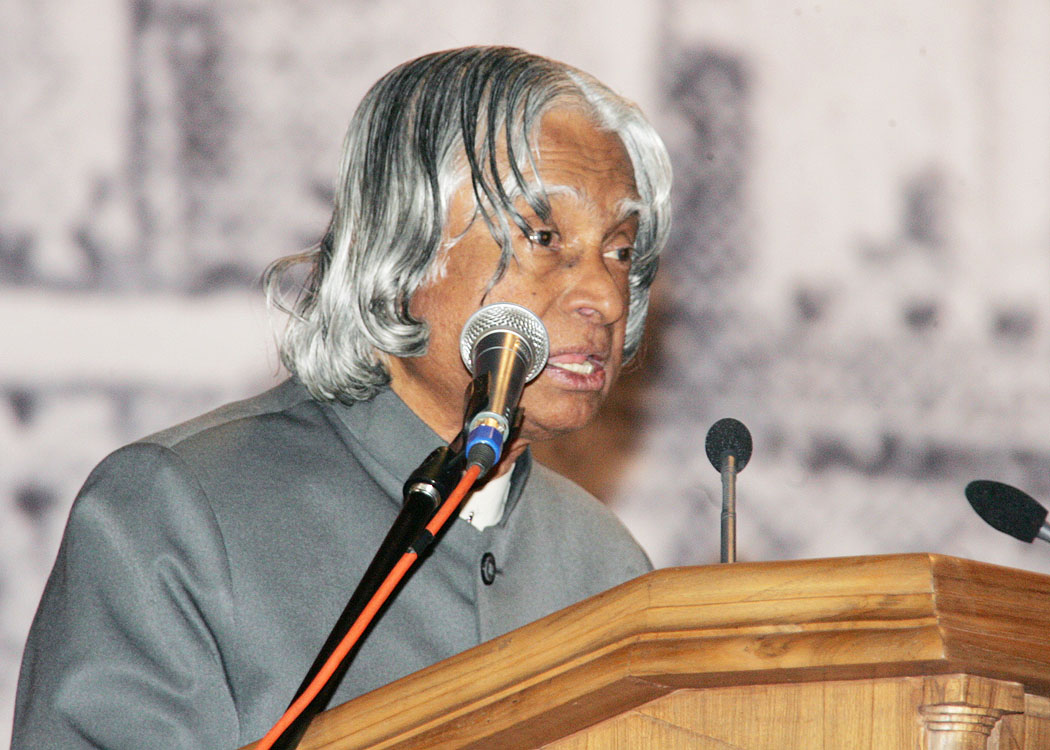

2. Age analysis of the cases
I would suggest that the Hon'ble Justices assembled here may like to organize the conduct of a systematic analysis of the "age" of the pending cases in the High Court and in the Subordinate Courts. If we carry out such an exercise, it may be possible we may find cases which are pending for five years, ten years, fifteen years, twenty years, thirty years and so on. On further examination of the cases we may find that the parties who are involved in the litigation of very old cases are either not there or they may not be interested in pursuing the case any more. If this process is systematically done, in my opinion at least twenty five to thirty percent of the total pending cases can be closed in one go. I understand that this procedure has been adopted in Delhi High Court and has resulted in closing of many cases. Simultaneously, along with this analysis, grouping may also be done to sort out the cases in which same or similar law points are involved so that these cases would be placed before a particular judge or a bench for disposal. The combined process of age analysis and grouping will definitely result in disposal of a large number of pending cases. At this stage itself, computer based sorting out methodology is useful.
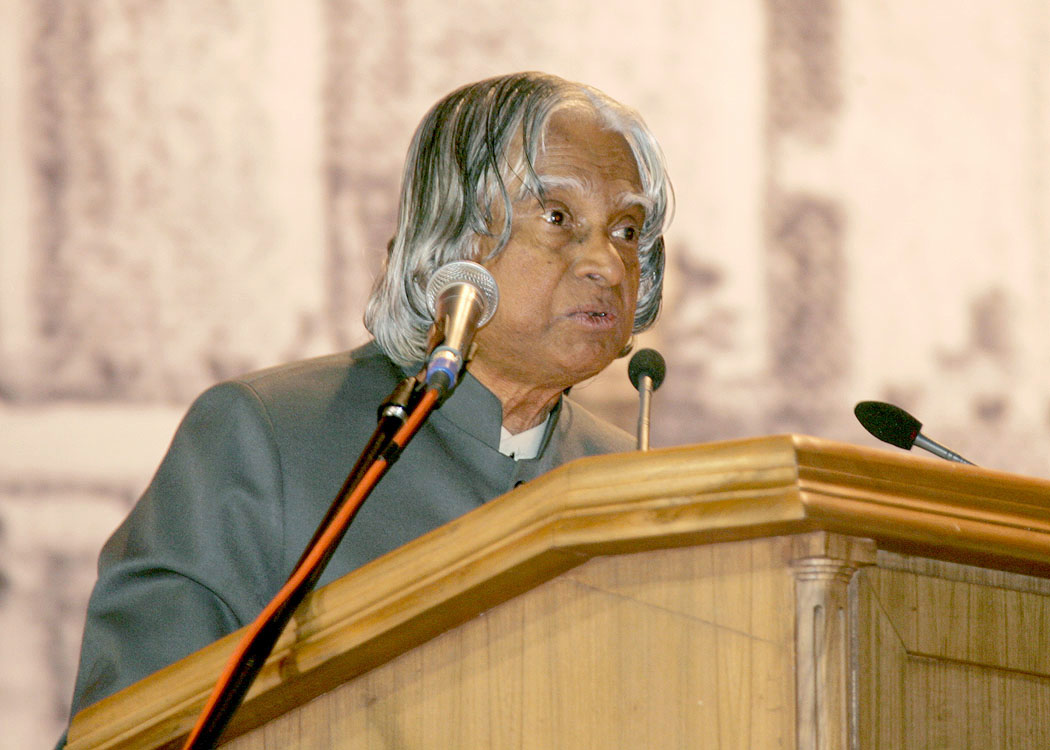

3. Dispute resolution through special mechanisms
Of the number of pending cases, large percentage of cases may belong to different government departments. It may be desirable to appoint special mechanism for settling cases pertaining to each government department for a period of six months to one year. This will enable fast clearance of all the pending cases pertaining to one department. For example, there is a Lokadalat for settling military pension cases which has worked effectively in settling a number of pension complaints. Likewise, certain number of motor accidents claims by victims has been settled by Lokadalats. The settlement of disputed electricity bills in Delhi is also taking place through Lokadalats. This situation will reduce the number of pending cases at District and High Court level in Punjab, Haryana and the Union Territory of Chandigarh. I also found an effective utilization of the Lok Adalat route for disbursal of compensation to earthquake affected victims in Jammu & Kashmir the avoiding future litigations.

4. Evolution of a Punjab and Haryana Litigation Pendency Clearance Mission
Fortunately, India had a number of successful mission mode programmes in agriculture, nuclear technology, defence research, space technology and recently in IT and Pharma sectors. We can use the experiences from these programmes and evolve a 'Judiciary Programme Management Group' with empowered team of IT power for reducing the pendency of cases in the State of Punjab and Haryana in a time bound manner. This programme management group must have the authority to create mobile pendency clearance courts which can move to various districts and blocks for hearing the cases in the village itself and provide speedy justice. I was very happy see, certain cases where the justice was administered speedily. One case pertains to rape case in Rajasthan and the others pertained to theft cases in Tamil Nadu. These are the good examples in speedy disposal of cases.

5. Alternative dispute redressal mechanism
Dispute arising with telecom authorities and many a contracts between individuals and the Governments, as also between corporate have been settled through arbitration. This can be extended, wherever an element of contract is perceived. We need innovative tools for settlement of disputes that are capable of functioning transparently, consistent with the rules of natural justice. Here the appointment of trained arbitrators, who can act with speed, becomes important catalyst in settling the disputes without jeopardizing the genuine interest of the concerned parties. This type of contract arbitration may be acknowledged by the courts and encouraged. This will further reduce the accumulation of fresh cases.

6. Potential of e-Judiciary
The judgments of the Supreme Court and some High Courts are now available in the internet. This step has considerably relieved the agony of the litigants and also enables others to use these judgments in their areas of interest. It is a giant leap. I am happy to note that Punjab and Haryana High Court have created a new website which displays the daily cause list and the judgment delivered. This model must be extended to the subordinate courts also since they have the large volume of pending cases. In addition to this, there is a need to work out a total e-judiciary system for implementation by our Courts. From the time the case is registered, till it is disposed off with judgment, the entire processing must take place electronically. This will enable easy search, retrieval, grouping, information processing, judicial record processing and disposal of the cases in a transparent manner and enable quicker disposal of cases. At any time the complainant should be able to find out, what is the stage, what Court, what date and what subject will be dealt with by the Court during a particular hearing, enabling him to be fully prepared for the case. Apart from bringing in total transparency in the case, the judges can also see how the case has progressed, how many adjournments have been sought, whether the grounds are trivial or serious and many such information which will make the delivery of justice impartial.
The e-Judiciary initiative within the overall justice delivery system should help in transforming the Court service into a better focused system in meeting the needs of the citizens. e-Judiciary will have to be in a position to provide information in real time, the rights and responsibilities of the individuals of the society.
The video conferencing offered by ICT has to be used in a large way. This saves enormous amount of expenditure and the unnecessary movement of police personnel and under trials and avoids unpleasant incidents that would have happened during the transit. This will be very useful in cases where a number of individuals are accused. The witness identification and crime reconstruction areas have also immensely benefited by the use of ICT. Many countries including Singapore and Australia have also been experimenting with Internet Courts and a legal consultation service which can pre-advice the potential litigants about the legal correctness of the case, that he or she wishes to pursue.
In all cases, the ICT had been useful in speedy redressal of the cases as well as avoiding even origination of fraudulent cases. This in effect will contribute to speeding up of our justice delivery system.

7. Justice for Cyber crimes
Though ICT has been a tool for speeding up the justice system, we are already witnessing in our digital economy, more and more crimes committed using ICT itself. These are now known world over as cyber crimes. In the present law, for example, the jurisdiction will correspond to the location where the crime is committed and where the damage occurs -very often both being the same location. Whereas in the digital world, the crime may originate from a strange place even outside our own shores and may damage organizational wealth which will be in the digital form in multiple locations. In the world of cyber crimes, the distinction between fun and crime, accidental and premeditated offences and even indirect and insinuated crimes become blurred. In such situations, the judges, the lawyers, the police and the law officers should be trained to be aware of such possibilities of technology centric crime much the same way they have been trained to understand crime in the physical world.

8. Benefits of ICT - Judiciary
The intervention of ICT into the judicial services should open the door for delivering services which would :
1. Encourage increased awareness of legal rights and responsibilities as a part of life long learning in a knowledge based society. Hence the individual will know the legal standing.
2. Ensure that the whole judicial process is transparent and is a true reflection of our societal values.
3. Help ensure selection of most appropriate form of dispute resolution.
There are some Courts in the country which have successfully implemented some of the elements of e-judiciary. I suggest that the members of the Punjab and Haryana High Court may study these efforts and come up with the best of breed solution for implementation, to bring in the benefits of ICT to speed up our justice delivery system.

9. Accountability and transparency
I have so far discussed about certain operational procedures and technologies to speed up delivery of justice. They are important but above all for speedy delivery of justice; the judges, the lawyers, the support staff in the Courts and the litigants have all got to play a role and they have to become accountable for their actions. For example, it is a good practice to make the number of cases cleared by a particular judge during the year known to the public through the Internet. In the case of lawyers they have to be business like and proceed with the case without seeking undue adjournments. It is normally said that the earning capacity is a function of the number of adjournments a lawyer can get for his client. You will appreciate judiciary needs fair-play. The Court staff has to work systematically to see that the cases are notified on first-cum-first served basis except in some special category cases. The support staff should be able to translate the orders of the judge in its true meaning. The Government is generally involved in large number of litigations. It will be useful for both government and the judiciary if the Government resort to alternate methods of grievance redressal so that need for litigation is contained. The number of court cases is increasing from the departments of the Govt. The departments should present the case with proper analysis so that the case does not prolong unduly. Also there is a need to fix the responsibility for origination of the cases. I am told that in the Armed Forces the Court Martial proceedings are held continuously and hearing is carried out at least six hours in a day on a day-to-day basis. Adjournments are allowed only when the trial is impracticable and the adjournment is necessary to meet the end of justice. There must be a limit to the number of adjournments permissible in a particular case. The members of the judiciary can consider this model for implementation in our Courts. Personal morality becomes very important. Conflicts of interest, receiving of favours from parties being heard and many other unethical practices for all those in the legal and judiciary systems and especially judges should be handled speedily.

10. Fast track courts
Fast track courts for particular type of offences, we understand, are performing. That is why the Government has approved the continuation of these courts. After performance review of this experience, the fast track courts can be encouraged in various levels of courts in other areas. The Punjab and Haryana High Court can consider the establishment of family courts in the State after the clearance by the respective State Governments. We should also encourage settlement of disputes through counselling and conciliation centres.

11. Continuous training of Judges, Lawyers and the judicial staff
Certain initiative has been taken through the institution of National Judicial Academy, Bhopal and National Law School, Bangalore for training the judicial community. However, the number of people trained and the training courses have to be enhanced in a big way to propagate the concept of continuous learning among the members of judicial community keeping in view the changing times and the technology. The training must be carried out in an objective and scientific way. This training programme can expose the participants to digital library concepts, e-learning and tele-education. All the judgments from different Courts can be converted into digital form through the digital library project of the Government of India which should be accessible to every citizen from any corner of India. Ethics also should be taught and reinforced with a few contemporary case studies.

12. Capacity enhancement
I have a suggestion to make. Can we have multiple sessions with staggered timings in the same courts, particularly in the High Courts and the District Courts? Of course additional judges, support manpower, increase in budget and management structure will be needed.
These Courts will be supported by e-Judiciary package for the total administration and facilitation of the cases. Punjab and Haryana High Court and District Courts need to have a data centre connected through the high bandwidth broadband connectivity with G2G (Government to Government) e-governance application with interoperable messaging system in a secured environment. This will ensure detection of certain litigants filing cases in multiple courts on the same subjects. This system should have connectivity to citizens (G2C - Government to Citizen), businesses (G2B - Government to Business), and employees (G2E - Government to Employee) for a speedy delivery of justice. Now I would like to discuss some aspects of patent law and the action needed to be taken by the Courts and the Government for safeguarding the interest of small and medium scale industries in the State.

Patent Law
There are number of small and medium scale industries in Punjab and Haryana who undertake production of variety of engineering items including spare parts and components for the automobile sector. In many cases they may not have obtained the consent of the original equipment manufacturer. If the manufacturer detects the violation and contests the production unit will have a large setback. To prevent the occurrence of large scale problem of this nature it is essential to caution the manufacturers to be aware of the Patent law and take adequate action to incorporate modifications in the product thoughtfully so that no one can claim it is a copyright or patent violation. The judiciary also can create counseling centres for the industries so that they can get legal advice for preventing economic loss after making substantial investment.

Conclusion
Law and judiciary have a very crucial role to play in the development and evolution of a society. Law essentially plays the balancing role by resolving conflicts and ensuring justice and fair play when new opportunities and challenges are opening up in the developing society. In the earlier phase of Indian history, the laws formulated were basically catering to maintain the then prevailing social order, good morality and upliftment of all segments of the society. Later, the spirit and tradition of democracy which was present at the grassroots of Indian society, paved the way for establishing the supremacy and paramount importance of the rule of law. It is on this foundation that our democracy has flourished. Law has been viewed by us as an instrumentality for the good of the people and the well-being of the society. With time, the social system has gradually become more and more complex. In the present period, such complexities have further grown rapidly with modern industrialization, surge in population and resultant increase in scarcity of natural resources, providing new challenges for the legal system.
As you all are aware, that we are in the process of transforming the nation into a developed country by the year 2020. One of the instruments for development is considered to be establishment of large number of PURA complexes that is Providing Urban Amenities in Rural Areas. One of the important elements of PURA is to provide physical connectivity in the rural areas for increasing the mobility of the total population and enable them to carry out wealth generating business in the rural areas itself. While providing such connectivity there would be need for acquiring some land both from the Government and also from private parties. This acquisition will become a problem area if the individuals resort to litigation. While dealing with such cases it is essential for the courts to see objectively whether it is in the overall national interest to prevent such an acquisitions. This objective analysis is essential to prevent undue hurdles being put by vested interests in blocking national development. I am sure judicial and legal personalities assembled here may have similar views on such issues.
Once again let me greet the members of Punjab and Haryana High Court on the occasion of the Golden Jubilee celebrations. My best wishes to all the members of legal community in their mission of promoting societal harmony through speedy justice delivery system.
May God bless you.
<<Back
|
|